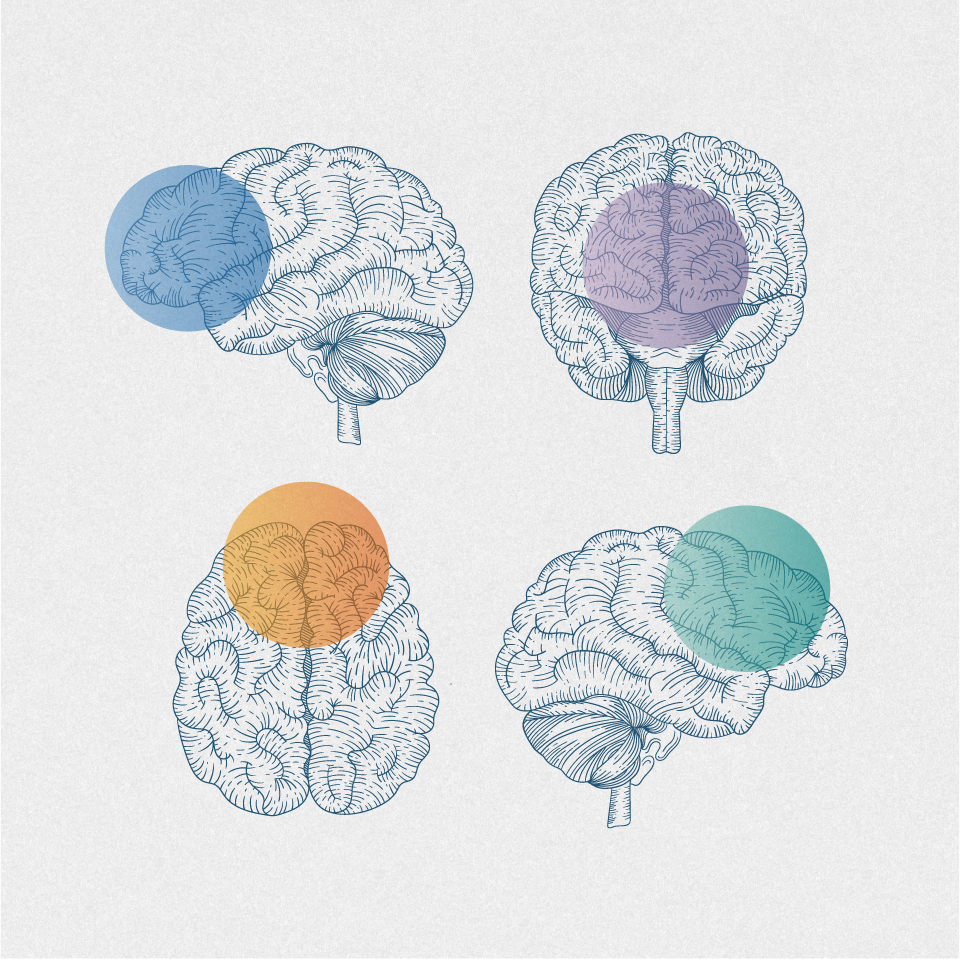
Rare migraine syndromes
Many migraine subtypes are rare syndromes that may be difficult to distinguish and diagnose. As part of the CME topical symposium on unmet needs in the treatment of migraine at the 5th Congress of the European Academy of Neurology (EAN), Prof. Stefan Evers (University of Münster, Germany) provided an overview on rare migraine-related syndromes, and highlighted the need to identify and learn more about these syndromes.
Episodic syndromes that may be associated with migraine are a group of migraine-related syndromes classified as its own subgroup of migraine in the third edition of the International Classification of Headache Disorders.1 These syndromes, previously called Childhood periodic syndromes, were initially considered as migraine precursors that only occurred in childhood.2 However, current knowledge suggests that these episodic syndromes may also occur in adults.2 According to Prof. Evers, patients often have a family history of migraine, and affected children may develop typical migraine after puberty. Episodic syndromes that may be associated with migraine include cyclical vomiting syndrome, abdominal migraine, benign paroxysmal vertigo and benign paroxysmal torticollis.
There is an unmet need to detect and understand syndromes associated with migraine
Cyclical vomiting syndrome
Cyclical vomiting syndrome is characterized by intense nausea and vomiting that occurs at least 4 times an hour for at least 1 hour.1 This syndrome is usually stereotypical for each individual patient, and occurs with predictable periodicity, usually in the night or early morning. The prevalence of cyclical vomiting syndrome in children is 2%, and it first manifests around 5 years of age.3
Abdominal migraine
Abdominal migraine is an idiopathic disorder of recurrent attacks of moderate to severe abdominal pain, associated with vasomotor symptoms, nausea and vomiting.1 Other symptoms include pallor and lethargy. Abdominal migraine is not accompanied by headache or gastrointestinal pathology. The attacks last from 2 to 72 hours, with complete freedom from symptoms between attacks.1
Benign paroxysmal vertigo
Benign paroxysmal vertigo is a disorder characterized by recurrent brief attacks of vertigo, occurring without warning.1 The attacks resolve spontaneously after minutes to hours, without loss of consciousness. Associated symptoms may include ataxia, vomiting, pallor, and fearfulness.1 The average age of onset of the attacks is 4 years, with spontaneous resolution around 6 years.4
Benign paroxysmal torticollis
Benign paroxysmal torticollis is a condition with recurrent episodes of head tilt to one side, and may also involve vomiting, irritability, pallor and malaise.1 The attacks remit spontaneously after minutes to days, and tend to occur monthly.1 Benign paroxysmal torticollis affects predominantly infants and small children, and may delay motor development.
Prof. Evers concluded his presentation by discussing why these syndromes may be linked to migraine. Do they have a common genetic background? Are they different symptomatologies of the same etiology? Is there a place for calcitonin gene-related peptide (CGRP) in their management? In Prof. Evers’ opinion the questions are still many, and the paucity of research and controlled trials presents a challenge for both accurate diagnosis and effective treatment.
Headache Classification Committee of the International Headache Society (IHS). The International Classification of Headache Disorders, 3rd edition. Cephalalgia. 2018;38:1-211.
Lebron D, Vasconcellos E. The episodic syndromes that maybe associated with migraines. Semin Pediatr Neurol. 2016 23(1):6-10.
Lee LY, Abbott L, Mahlangu B, Moodie SJ, Anderson S. The management of cyclic vomiting syndrome: a systematic review. Eur J Gastroenterol Hepatol. 2012;24(9):1001-1006.
Batuecas-Caletrio A, Martin-Sanchez V, Cordero-Civantos C, et al. Is benign paroxysmal vertigo of childhood a migraine precursor? Eur J Paediatr Neurol. 2013;17(4):397-400.



